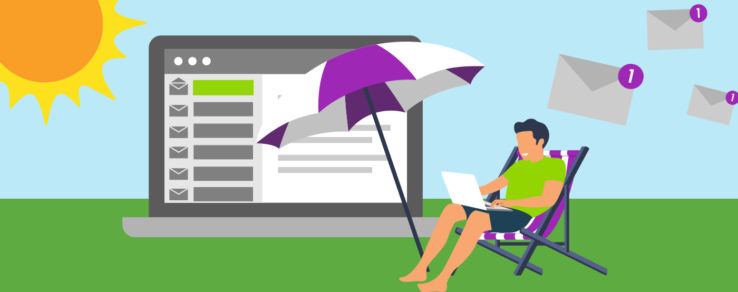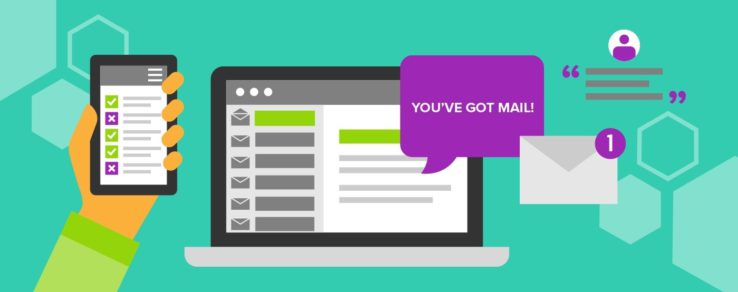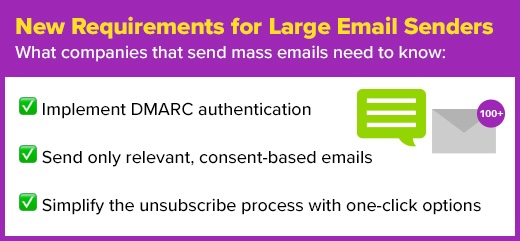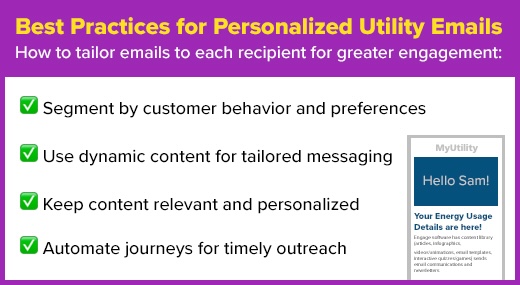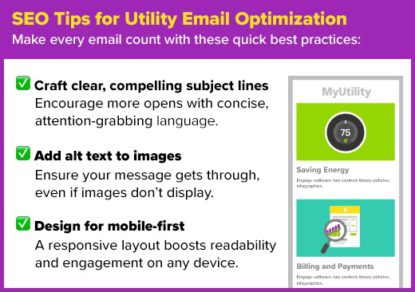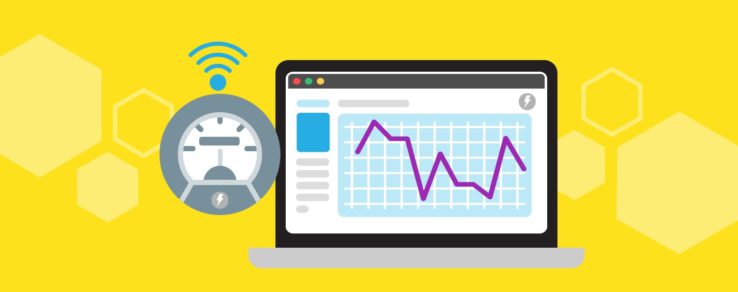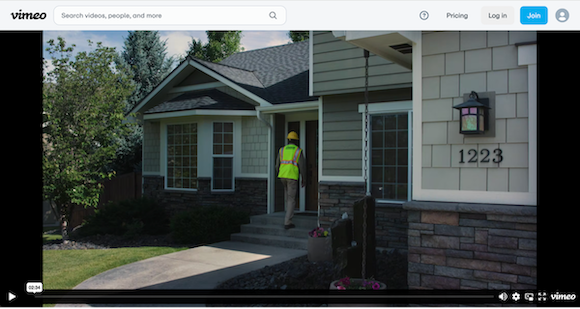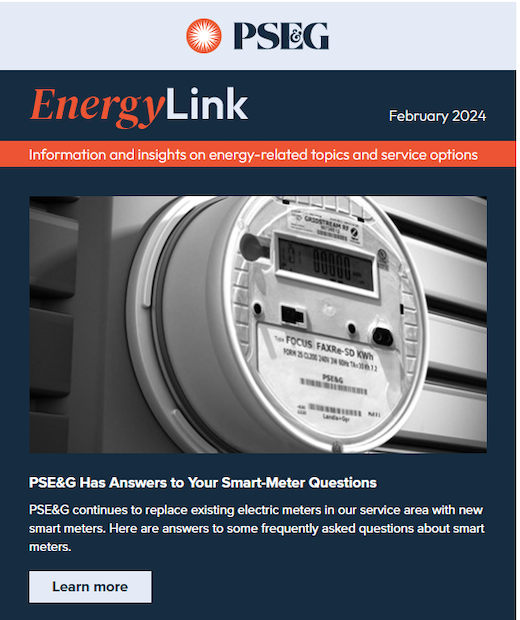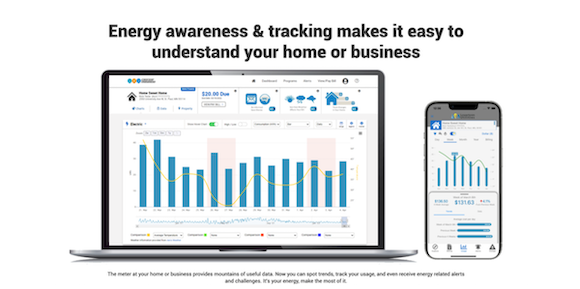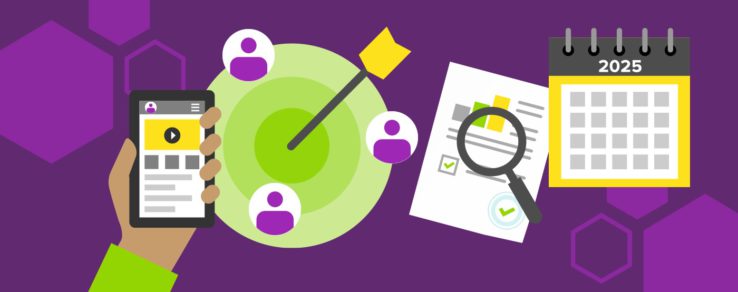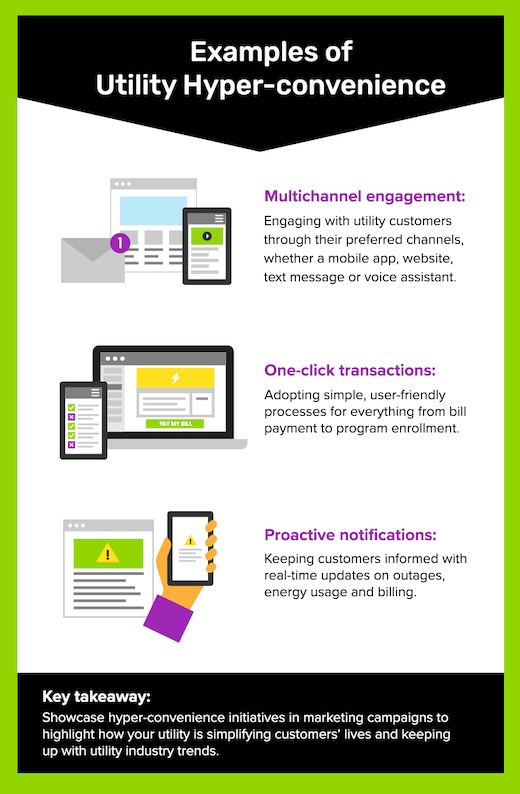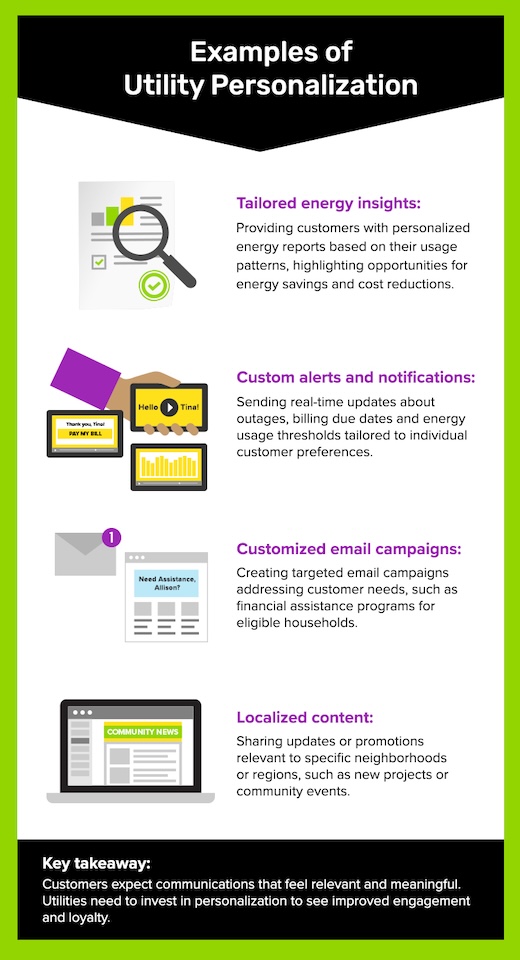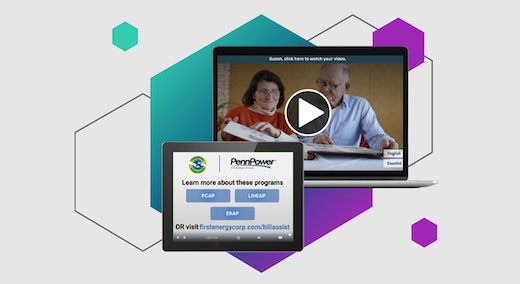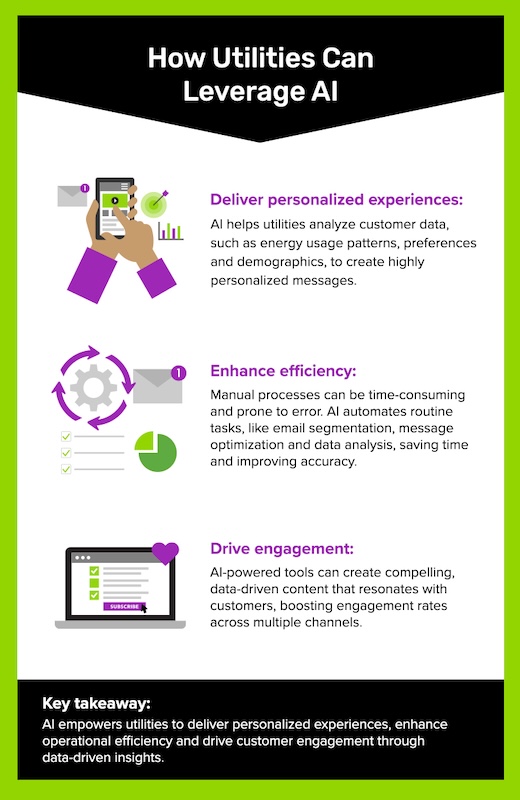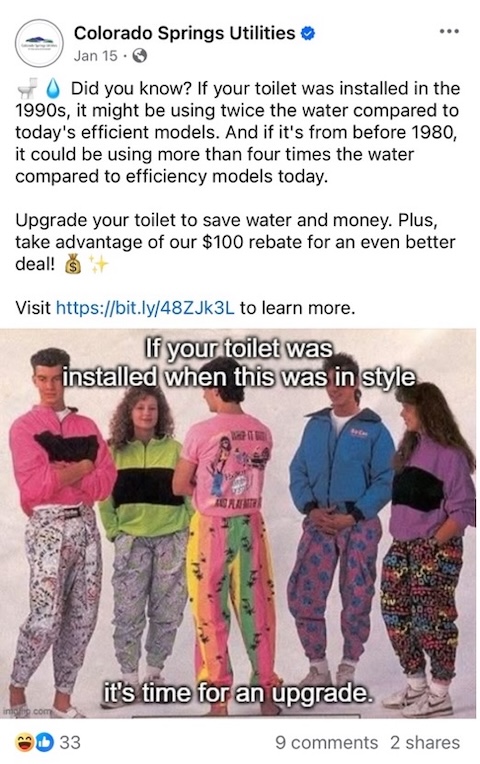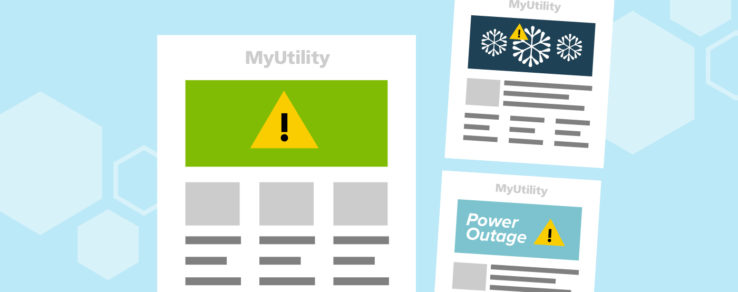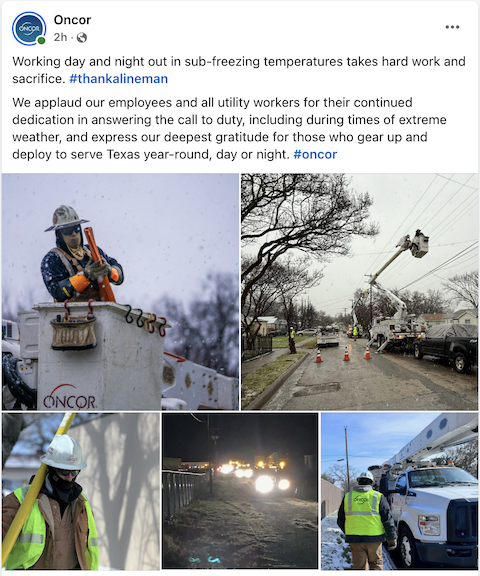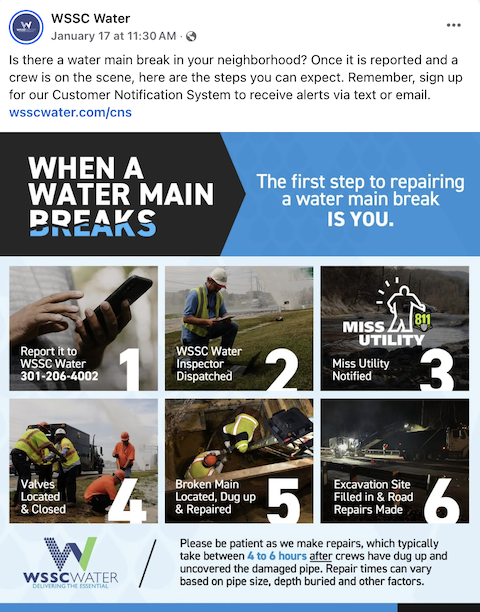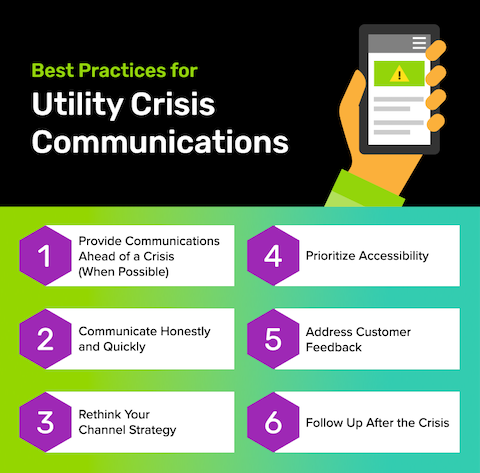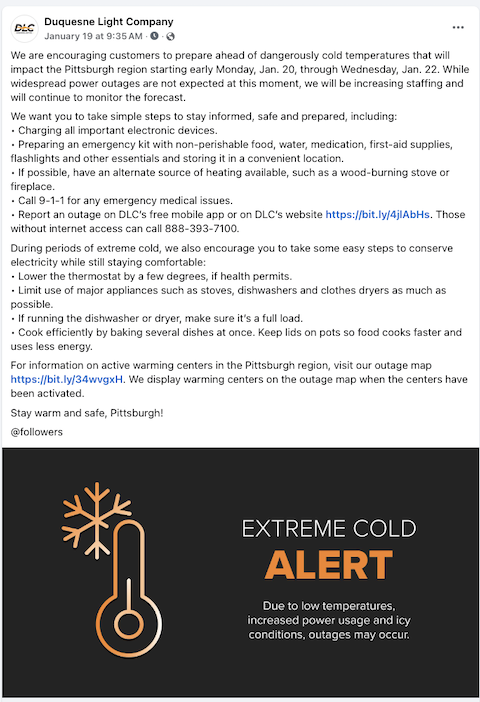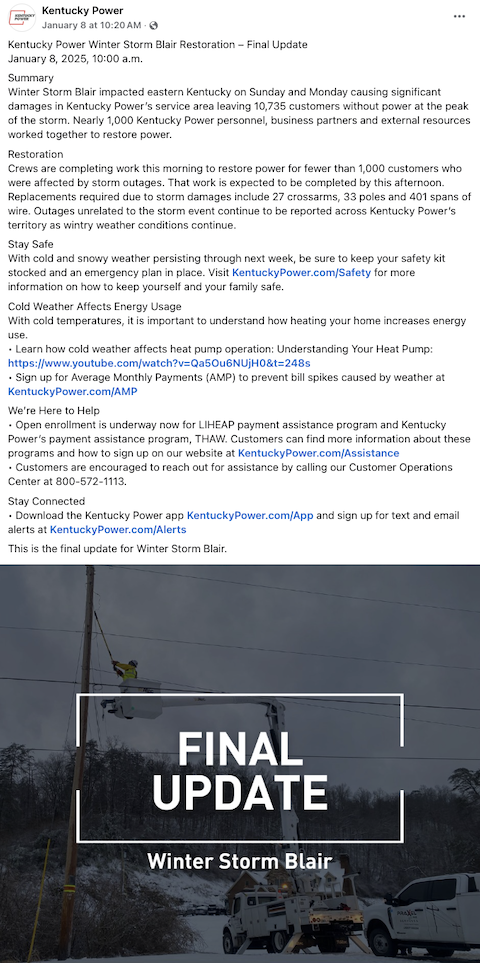Summer brings a unique set of challenges and opportunities for utility marketers to connect with their customers. From heat-related bill spikes to powerful storms causing outages, proactive, relevant and educational communications are vital this time of year.
Here are a few utility summer marketing campaign recommendations that support customers, boost program participation and strengthen engagement.
Help Customers Facing Financial Hardship
With increased air conditioner use, longer daylight hours and the potential for heat waves, customers often face increased energy bills in the summer months. Financial assistance campaigns can make a significant difference for those struggling to keep up with their bill payments.
High summer bills can lead to financial strain for many customers, especially:
- Low-income households
- Seniors on fixed incomes
- Renters in older or inefficient buildings
- Families with young children
- Customers experiencing recent hardship/unexpected expenses
This utility summer marketing campaign should highlight available state, federal or utility-specific programs, along with eligibility requirements and key benefits. To ensure relevance, consider segmenting messages by customer need or past payment history. An empathetic tone, combined with clear next steps, can ease anxiety and guide customers toward available resources.
Use messaging that is:
- Empathetic: Acknowledge that higher bills can be challenging in the summer months.
- Empowering: Frame financial assistance as a proactive step customers can take to stay in control.
- Inclusive: Offer communications in multiple languages and channels to ensure accessibility.
For example, FirstEnergy partnered with Questline Digital to develop a financial assistance email campaign tailored to each customer. To deliver highly targeted messages, the emails included Questline Digital’s SmartVX personalized video solution.
Each video was customized with information for one or more financial assistance programs that could be a great fit for the customer’s needs. Spanish versions were also created to engage with FirstEnergy’s diverse customer base. The SmartVX videos proved highly successful, with a 70.5% watch rate in the first four months of deployment.
As this utility marketing summer strategy showcases, targeted outreach can provide a critical safety net for customers in need. These communications have the power to build trust, improve customer satisfaction and reduce late payments or disconnections.
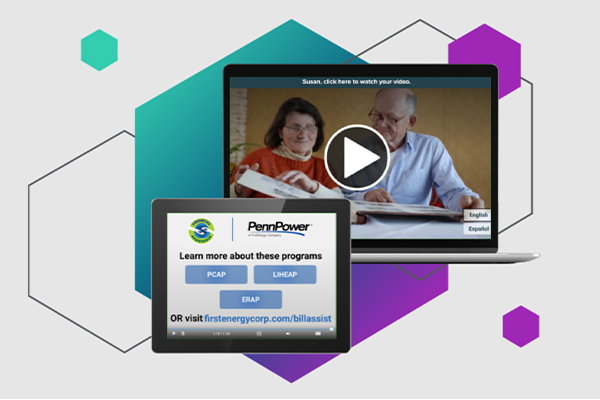
Prepare Customers for Storm Season
As temperatures rise during the summer months, so does the potential for severe weather, high energy demand and power outages. From hurricanes to heat waves, this time of year brings a surge of events that can strain the grid and impact service reliability.
Communicating with customers ahead of a storm is one of the most effective utility marketing summer strategies to prepare communities for potential outages. Pre-storm communications give customers the information they need to take action, whether that’s charging devices, reporting outages or understanding how to stay safe during severe weather.
Best channels for pre-storm/outage communications:
- Email or SMS alerts encouraging customers to sign up for outage notifications
- Social media reminders about preparing an emergency kit and charging devices
- Mobile app notifications with severe weather alerts and preparation tips
- Website homepage banners with links to storm safety guides/outage resources
During a storm or outage, timely and transparent utility summer marketing campaigns are critical to maintaining customer trust and reducing frustration. Providing regular updates through channels like text alerts, mobile apps, social media and outage maps reassures customers that the situation is being managed and helps them feel more in control.
Effective in-the-moment communication improves the customer experience, eases pressure on call centers and reinforces the utility’s role as a reliable, responsive partner during emergencies.
Best channels for active outage updates:
- Real-time outage updates via text or push notifications
- Interactive outage maps showing estimated restoration times
- Social media posts with safety tips (e.g., stay away from downed wires)
- Email updates about affected areas and the number of customers impacted
Post-storm communications are an important part of the utility customer experience. After power is restored, customers want to understand what happened, how restoration efforts were prioritized and what steps are being taken to prevent future outages.
Sharing this information demonstrates accountability and provides an opportunity to recognize the efforts of restoration crews and the patience of the community. It’s also a chance to educate customers about outage safety, promote preparedness tools and invite feedback to improve future response efforts.
Best channels for post-storm communications:
- Restoration progress emails with stats on customers restored and next steps
- Social media “thank you” messages acknowledging customer patience and crew efforts
- Educational emails or blog posts explaining how the restoration process works
- Survey request messages to collect customer feedback on outage communications
After a recent severe weather outbreak, a large Pennsylvania utility worked with Questline Digital to email customers about the power restoration process. More than 240,000 customers lost power during the storm.
The email let customers know that power had been restored to 43,000 customers and offered safety tips and education on how the restoration process works. This outage update received high engagement, with a 36.14% Reliable Open Rate and 2.70% Click-Through Rate.
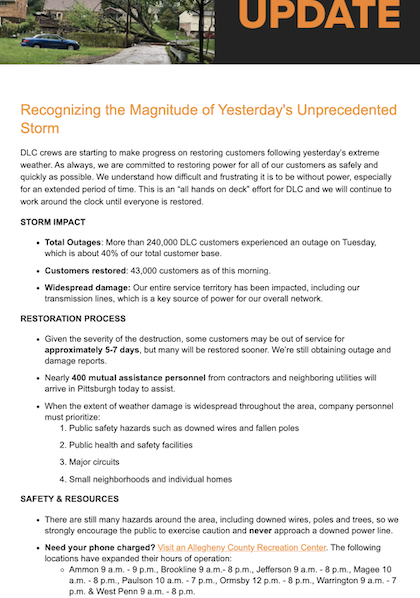
Keeping customers informed and offering helpful resources demonstrates a strong commitment to customer service, even in the face of disruption.
Educate on Water and Energy Conservation
Summer brings longer days, higher temperatures and greater demand for both water and energy. With air conditioners running at full blast and outdoor watering in full swing, utility customers often experience seasonal spikes in usage and bills.
This makes summer a prime opportunity for utility summer energy saving campaigns. Utilities should educate customers on simple ways to reduce consumption, save money and contribute to resource sustainability. From watering lawns efficiently to setting smart thermostats wisely, customers are more receptive to practical conservation advice during this high-usage season.
With many communities experiencing drought and rising temperatures, utility marketers can:
- Share infographics or videos with simple seasonal savings tips.
- Promote tools like online usage dashboards, leak detectors or lawn watering schedules.
- Encourage behaviors like running appliances at night or installing smart thermostats.
Whether you’re promoting energy-saving habits or water-conserving behaviors, successful utility summer marketing campaignsshould be educational, engaging and memorable. In addition to supporting sustainability goals, conservation education also empowers customers to take control of their usage.
Best practices for conservation campaigns:
- Timely and weather-aware: Capitalize on heat waves or drought alerts with real-time tips through email, text alerts and social media.
- Segmented by customer needs: Tailor messages to different customer segments, such as homeowners, renters, business customers or those with high seasonal usage.
- Visually engaging: Use eye-catching infographics, videos and animations to make the information memorable. For example, a short animation showing how much water is saved by turning off sprinklers during the hottest part of the day.
- Incentivized and measurable: Promote rebates, rewards programs or smart thermostat incentives that encourage conservation. Offer ways for customers to track their usage via your mobile app or online portal.
- Focused on behavior change: Highlight small, habit-forming changes, like closing blinds during the hottest part of the day or running full loads in dishwashers and washing machines, to make conservation feel achievable.
In Southern Nevada, the Las Vegas Valley Water District and Southern Nevada Water Authority have effectively used paid media campaigns to raise awareness around responsible water use and water quality.
With mandatory seasonal watering restrictions in place, the water district’s utility marketing summer strategies campaigns outreach efforts aim to educate homeowners on how to prevent water waste, particularly when it comes to landscape irrigation.
These creative campaigns strike a balance between informative and entertaining, using humor to engage audiences while delivering critical messages. The ads clearly outline conservation rules, why they matter and the simple steps customers should take, like adjusting sprinkler timers or staying updated on changing restrictions.
This example demonstrates how memorable and fun utility summer marketing campaignsare more likely to resonate with customers and inspire action.
Encourage Demand Response Participation
Demand response is critical in the summer months. Encouraging participation from key accounts and small business customers supports grid reliability and empowers businesses to take an active role in energy management and sustainability.
Large commercial and industrial customers are often ideal candidates for demand response due to their significant energy loads and capacity to make operational adjustments. However, small and mid-sized businesses, such as retailers, restaurants and offices, also present valuable opportunities when approached with flexible, easy-to-enroll options.
To boost participation, utilities should:
- Highlight financial incentives: Emphasize potential cost savings, rebates or bill credits for reducing usage during peak events.
- Offer flexible participation tiers: Make it easier for small businesses with limited resources to participate without impacting operations.
- Provide advance notifications and clear expectations: Give businesses ample time to prepare for DR events with simple steps like pre-cooling spaces or adjusting lighting and equipment usage.
- Share success stories: Showcase how other businesses in similar industries have benefited from demand response participation.
By communicating the dual value of operational savings and environmental stewardship, utilities can strengthen partnerships with business customers and build a more resilient energy system during the summer’s most demanding moments.
When businesses understand the grid and cost-saving benefits of demand response, they’re more likely to participate.
To drive participation in its Demand Response program, Consumers Energy collaborated with Questline Digital to launch a segmented utility summer marketing campaign. The initiative delivered tailored messages to two core audiences: prospective business participants and those who had previously enrolled in the program.
Centered around the theme “Better Together,” the campaign emphasized the shared value of the utility’s collaboration with local businesses, underscoring both environmental impact and financial benefits.
The emails spotlighted key incentives for prospective customers, such as financial compensation for curbing energy use during peak demand, cost savings for their business and the opportunity to support a cleaner, more reliable energy future for their community. Each message was enhanced with a compelling video testimonial from a local business.
Past participants received targeted communications encouraging them to re-enroll and reserve their place. With limited availability, the emails conveyed a sense of urgency through “Don’t miss your chance” messaging.
The integrated utility summer marketing campaign, which included email outreach, a program-focused landing page and an educational infographic, successfully boosted enrollment and helped Consumers Energy reach its program nomination goal of 180 megawatts. Participation exceeded expectations, with more businesses stepping up to contribute to grid reliability.
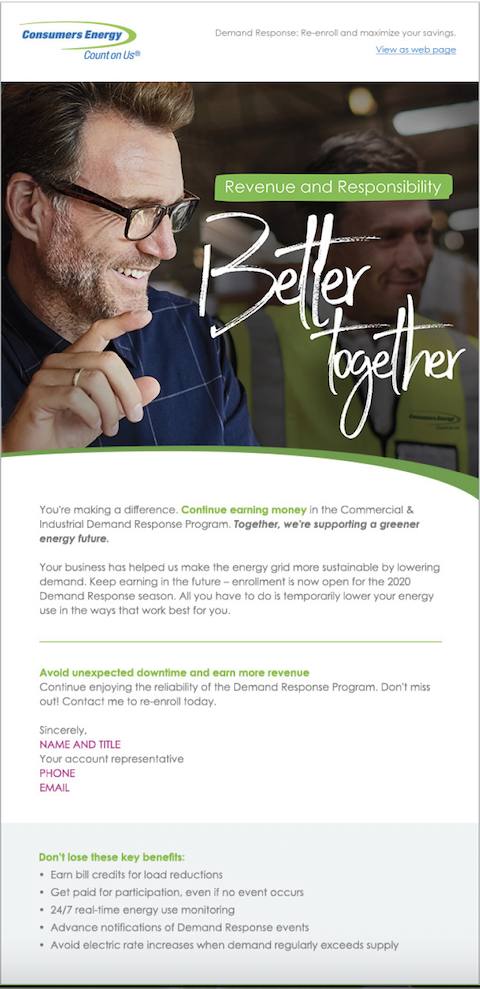
Make the Most of the Season
Summer presents utilities with a unique opportunity to strengthen customer relationships through timely, relevant campaigns. Whether offering financial assistance or encouraging energy and water conservation, these seasonal initiatives can make a meaningful impact.
Delivering proactive and personalized utility summer marketing campaigns help customers stay safe, save money and use resources more efficiently during the year’s hottest months.
